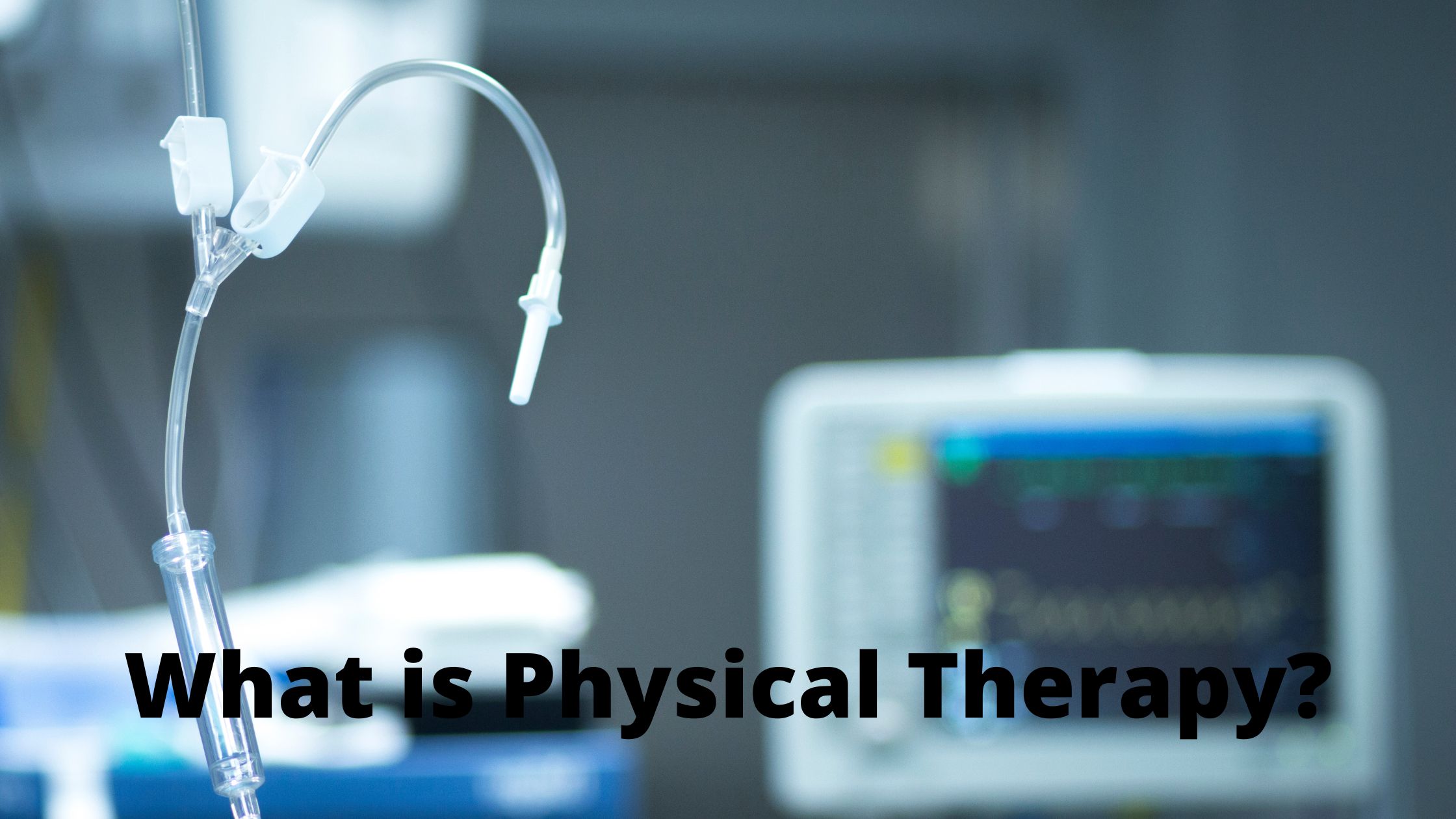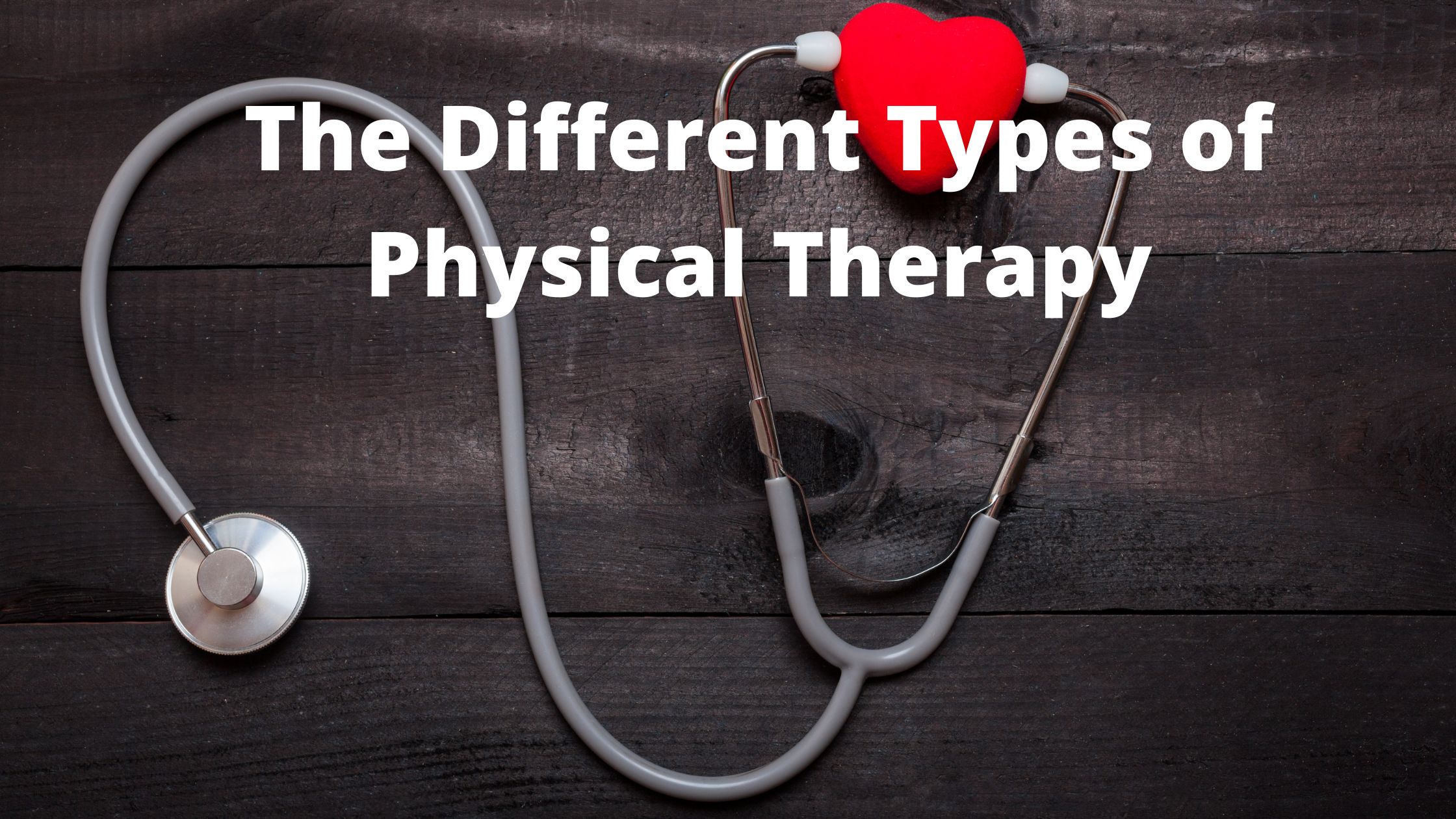Physical therapy patients are often faced with a difficult decision: should they continue their treatment at home, or switch to a healthcare facility? In this article, we will provide you with a simple guide on how to make the transition from physical therapy at home to physical healthcare facilities.
What is Physical Therapy?
Physical Therapy is a medical specialty that helps people with injuries and illnesses recover from their conditions. Physical therapy helps patients regain movement and function in their muscles, joints, and other body parts.
One of the most important elements of physical therapy is restoring balance. In order to achieve balance, physical therapists use exercises and therapies that help re-establish normal muscle activity and joint alignment. This helps patients regain strength, flexibility, and mobility.
Physical therapy can be done at home or in physical healthcare facilities. Home physical therapy may be more affordable but it may not provide the same level of care as physical healthcare facilities. Facilities typically have more staff members who are experienced in providing physical therapy services. Facilities also typically have more equipment, such as exercise machines and pools, that can be used to help patients recover from their condition.
The Different Types of Physical Therapy
When you make the decision to leave your home for physical therapy, there are a few things to keep in mind.
The first is that the type of therapy you receive will be different depending on where you go.
At home, you may receive PT for general fitness and balance. In a healthcare facility, you may receive PT specifically for your injuries or conditions.
Here is a look at the different types of physical therapy:
Home-based Physical Therapy: This type of PT is often recommended for people who are able to do it on their own and don’t have any other health issues. You may receive PT to help with general fitness and balance, as well as injury rehabilitation.
Inpatient Physical Therapy: If you need PT but can’t travel to a healthcare facility, you may be referred to an inpatient program. In these programs, you will be joined by other patients who have similar injuries or conditions. This can help speed up your rehabilitation process.
Outpatient Physical Therapy: If you only need PT for short-term conditions or injuries, an outpatient program may be the best option for you. You will see a therapist once a week
What to Expect After You Go Home from Physical Therapy?
After completing your course of physical therapy, you may be wondering what to expect next. Here is a guide to the transition from physical therapy at home to physical healthcare facilities.
The first step is to make an appointment with your therapist. This will help them plan the next steps for you and ensure that you are on track with your progress.
Once your appointment is set, your therapist will begin to send you home exercises and instructions on how to perform them. You should continue to follow these exercises for at least six weeks after completing therapy.
If you have any questions or difficulty following the exercises, please do not hesitate to ask your therapist or visit our website for more information. We hope this guide has helped make the transition easier for you!
Pros and Cons of Continuing Physical Therapy at Home
Pros of Continuing Physical Therapy at Home:
-You can continue to receive treatment from a physical therapist at home, with little or no travel required.
-Since physical therapy sessions can be tailored to your specific needs, you can maintain a high degree of personal autonomy.
-You may find that continuing physical therapy at home is cheaper than seeking treatment from a physical healthcare facility.
Cons of Continuing Physical Therapy at Home:
-If you have difficulty reaching your therapist, or if you live in an isolated location, it may be difficult to receive the level of care you need.
-Physical therapy at home may not be as effective as physical therapy provided by a physical healthcare facility.
-If you experience any setbacks during your treatment, it may be more difficult to recover due to the lack of consistent medical supervision.
Conclusion
Physical therapy at home can be a great way to regain mobility and improve your quality of life, but it’s important to remember that physical therapy is not a one-size-fits-all process. If you are considering making the switch to physical healthcare facilities, this guide will provide you with the information you need to make an informed decision. From discussing your goals and needs with your therapist, to understanding which type of facility is best for you, this guide will help make the transition as smooth as possible.

